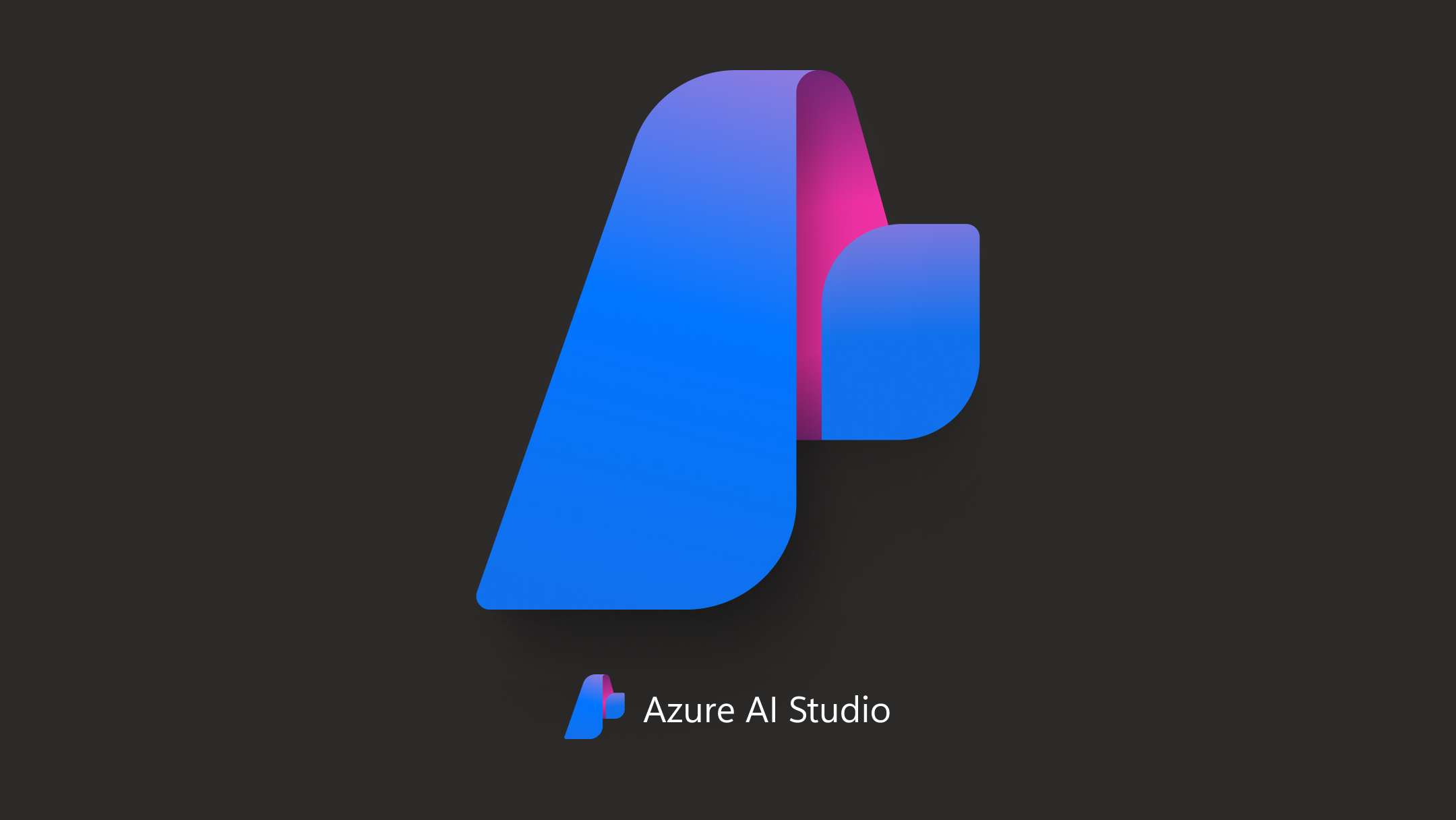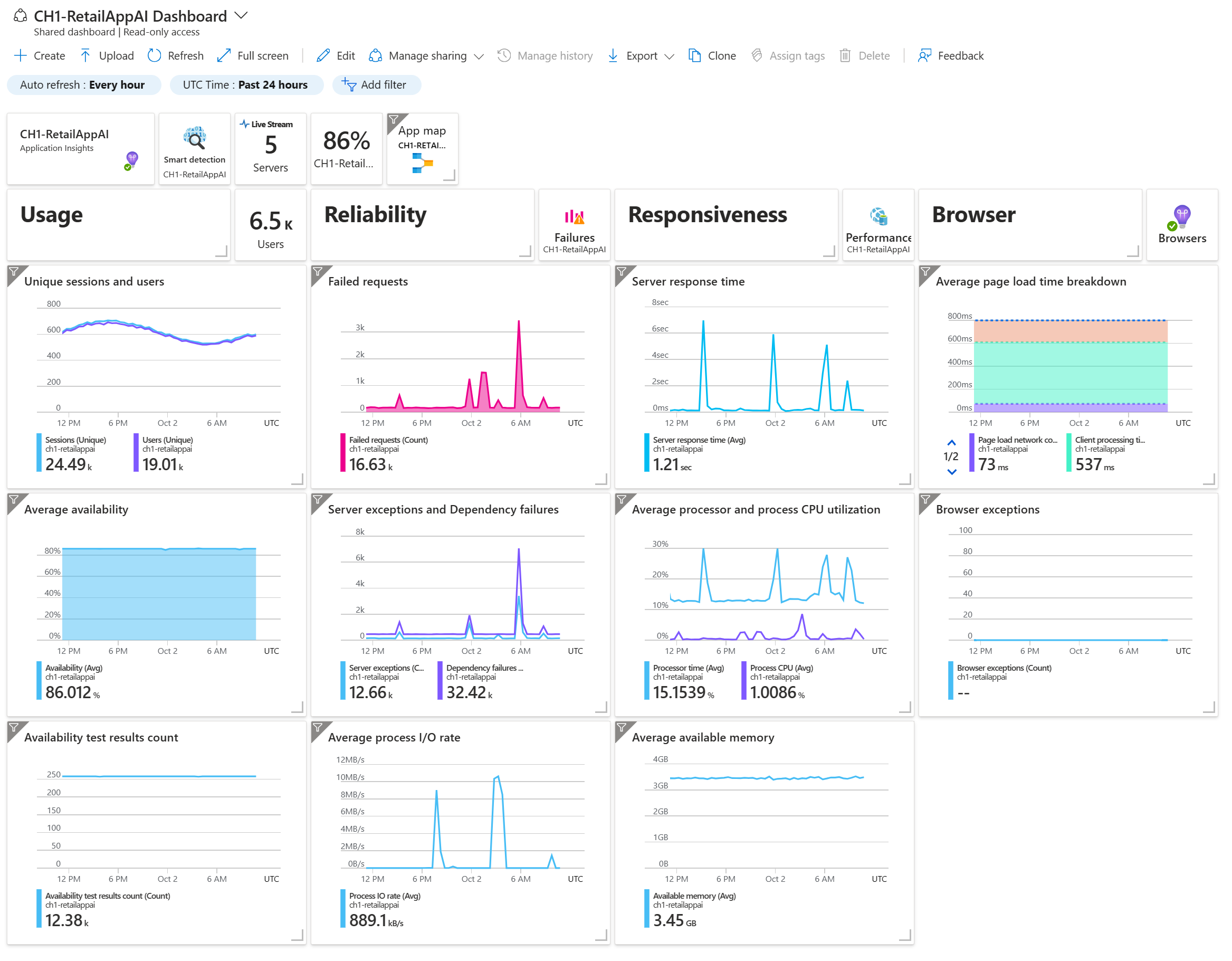
Microsoft Azure AI Inventory: Complete Buyer's Guide
Enterprise-grade AI-driven inventory management
Microsoft Azure AI Inventory represents Microsoft's enterprise-grade approach to AI-driven inventory management, combining sophisticated machine learning capabilities with deep integration into the Microsoft business ecosystem.
Market Position & Maturity
Market Standing
Microsoft Azure AI Inventory occupies a strong competitive position in the enterprise inventory management space, competing directly with Oracle SCM and AWS solutions while leveraging Microsoft's established enterprise relationships [41][59].
Company Maturity
Market maturity indicators demonstrate Microsoft's commitment to inventory management innovation through recent investments in generative AI capabilities for Dynamics 365 and blockchain integration for supply chain transparency [57][58].
Growth Trajectory
Enterprise adoption evidence includes documented deployments across Fortune 500 companies, with Walgreens processing 8 million daily customer data points and Grupo Bimbo managing 200+ facilities through Azure infrastructure [43][56].
Industry Recognition
Industry recognition includes successful enterprise deployments generating $100M in cost savings for global technology providers and $2.3M annual savings for major retail chains, demonstrating measurable business impact at scale [58][63].
Strategic Partnerships
The platform benefits from Microsoft's substantial cloud infrastructure investment and deep integration with the Dynamics 365 ecosystem, creating significant competitive advantages for organizations already invested in Microsoft's business application suite.
Longevity Assessment
Long-term viability appears strong given Microsoft's continued investment in AI innovation and established enterprise customer base. The company's financial stability and strategic commitment to cloud services provide confidence in platform continuity, though vendor lock-in concerns may affect switching costs for future flexibility [12].
Proof of Capabilities
Customer Evidence
Enterprise Customer Validation demonstrates Azure AI Inventory's effectiveness across diverse industry implementations. Walgreens' deployment processes 8 million daily customer data points while achieving 40% improvements in demand forecasting accuracy across their retail network [43][56]. Grupo Bimbo's implementation across 200+ facilities delivered 12% CO₂ emission reductions alongside improved delivery performance, showcasing the platform's scalability and environmental impact capabilities [43].
Quantified Outcomes
Quantified Business Outcomes provide concrete evidence of Azure's value proposition. Mergen IT's retail client, a $500M revenue company with 200+ stores, achieved 20% inventory reduction and 15% fewer stockouts, generating $2.3M in annual savings through an 8-month Azure deployment [63]. Blueprint's implementation for a global technology provider managing 10,000+ SKUs delivered $100M in cost savings and 15% inventory reduction through Azure IoT and blockchain integration [58].
Case Study Analysis
Performance Benchmarks consistently demonstrate 40% reductions in forecast error compared to legacy systems in multi-location retail environments [56][57]. LSTM neural networks reduce Mean Absolute Error by 40% compared to traditional forecasting models in studied implementations [18][19]. Dynamics 365 implementations show 30% faster order processing and 25% lower operational costs post-deployment [52].
Market Validation
Market Validation includes documented success across multiple industries, from retail chains to global manufacturers. A hardware retailer used Azure analytics to align staffing patterns with contractor versus homeowner shopping behaviors, resulting in documented profit increases [43].
Competitive Wins
Competitive Wins against established enterprise solutions validate Azure's market position. The platform's native Dynamics 365 connectivity creates operational advantages that Oracle SCM and legacy solutions cannot match, particularly for organizations seeking unified business application environments [46][47].
Reference Customers
Reference Customer Evidence spans Fortune 500 companies and global enterprises, providing credible validation of the platform's enterprise-grade capabilities. However, the concentration of success stories among large enterprises with substantial technical resources highlights the platform's target market focus and implementation requirements.
AI Technology
Microsoft Azure AI Inventory leverages LSTM neural networks designed for time-series analysis, enabling predictive accuracy improvements over traditional methods through sophisticated algorithmic approaches [56][57].
Architecture
The platform's hybrid cloud-edge architecture enables real-time shelf-level inventory tracking through solutions like Affine's CCTV-based monitoring system, addressing operational challenges in low-connectivity warehouse environments [49][43][58].
Primary Competitors
Primary Competitive Landscape positions Azure against Oracle SCM and AWS solutions in the enterprise inventory management space [41][59].
Competitive Advantages
Azure's competitive advantage centers on tight integration with Dynamics 365 ecosystem, while AWS maintains superiority in raw computing scale capabilities [40][44][59].
Market Positioning
Market Positioning reveals that Oracle SCM provides competitive multi-location optimization capabilities with potentially simpler integration paths for organizations not invested in Microsoft's ecosystem [17].
Win/Loss Scenarios
Win/Loss Scenarios favor Azure when organizations manage 1,000+ SKUs, require sophisticated demand forecasting capabilities, and are already utilizing Dynamics 365 or planning Microsoft ecosystem consolidation [50].
Key Features

Pros & Cons
Use Cases
Integrations
Pricing
Featured In Articles
Comprehensive analysis of Inventory Replenishment for Ecommerce for Ecommerce businesses and online retailers. Expert evaluation of features, pricing, and implementation.
How We Researched This Guide
About This Guide: This comprehensive analysis is based on extensive competitive intelligence and real-world implementation data from leading AI vendors. StayModern updates this guide quarterly to reflect market developments and vendor performance changes.
63+ verified sources per analysis including official documentation, customer reviews, analyst reports, and industry publications.
- • Vendor documentation & whitepapers
- • Customer testimonials & case studies
- • Third-party analyst assessments
- • Industry benchmarking reports
Standardized assessment framework across 8 key dimensions for objective comparison.
- • Technology capabilities & architecture
- • Market position & customer evidence
- • Implementation experience & support
- • Pricing value & competitive position
Research is refreshed every 90 days to capture market changes and new vendor capabilities.
- • New product releases & features
- • Market positioning changes
- • Customer feedback integration
- • Competitive landscape shifts
Every claim is source-linked with direct citations to original materials for verification.
- • Clickable citation links
- • Original source attribution
- • Date stamps for currency
- • Quality score validation
Analysis follows systematic research protocols with consistent evaluation frameworks.
- • Standardized assessment criteria
- • Multi-source verification process
- • Consistent evaluation methodology
- • Quality assurance protocols
Buyer-focused analysis with transparent methodology and factual accuracy commitment.
- • Objective comparative analysis
- • Transparent research methodology
- • Factual accuracy commitment
- • Continuous quality improvement
Quality Commitment: If you find any inaccuracies in our analysis on this page, please contact us at research@staymodern.ai. We're committed to maintaining the highest standards of research integrity and will investigate and correct any issues promptly.